iPhone 6 Plus vs iPhone 6: low-light photography, or why the larger iPhone's camera is better
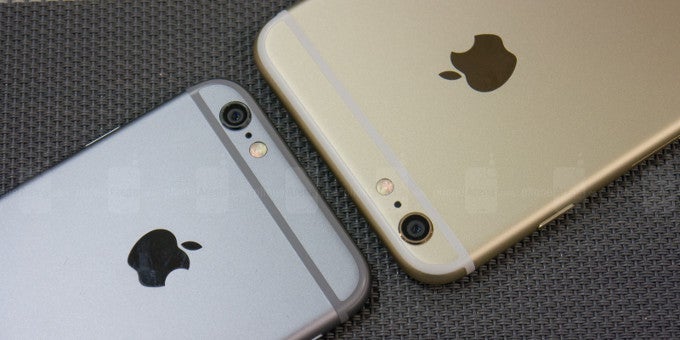
The iPhone 6 and iPhone 6 Plus are two such exemplary devices. The underlying software is hard to confuse, which in turn gives us peace of mind when using Apple's latest to take a snap. But while the shooters on the two may seem identical, there's actually one key difference between them that makes one more adept than the other at low-light photography: Optical image stabilization. It's simple, really – the iPhone 6 Plus has it, while the iPhone 6 doesn't. And that makes a lot of difference. Don't worry, though, this isn't just talk rooted in theory – we took both on a night out, snapped a few shots, and then did some contrasting and comparing before arriving at this conclusion.
Let us walk you through the process.
Scene 1
Yeah, we went to a bar, and a bar is a good place to take snaps of... a truckload of bottles full of alcohol sitting in the dark. You probably aren't in the habit of shooting images of fancy-looking glass containers, but the sample here presents the relative advantages of the iPhone 6 Plus over the iPhone very well.
A few things are happening here. First and foremost, since the aperture of smartphone lenses is a constant, the algorithms are mainly interested in setting a good relationship between shutter speed and ISO (the camera's sensitivity to light). Thanks to its optical stabilization gizmo, the iPhone 6 Plus can drop to considerably slower shutter speeds (as low as 1/4s), while the iPhone 6 is capped at 1/15s. This means that less light goes into the sensor with the iPhone 6, so it has to counter by raising the ISO levels significantly, which in turn results in considerably noisier photos. Why does the iPhone have a more conservative limit? Because without stabilization, even fine tremors will result in enough shake to introduce blur. This is actually happening with the iPhone even at 1/17s speed, and despite doing our best to keep the phone still.
* The flash was kept off for the below and any subsequent photos.
Scene 2
Let's be honest, you'll be mostly taking photos of your friends on a night out, and we managed to convince Nick and our office manager to sit down for a shot in order to showcase the differences. The snaps were taken back-to-back and from the same spot.
Like before, the iPhone 6 Plus' stabilization allows for visibly better images. Indeed, while the smaller iPhone has to make up for the high shutter speed by cranking the ISO to 2000, the Apple phablet is keeping its cool at just 500 and it shows.
Scene 3
Want an example of how blurry some shots from the iPhone 6 can sometimes be? The sample below fits that purpose perfectly.
Keep in mind that the lenses of both phones were well-cleaned before taking the shot, so this is yet another proof that the iPhone 6, in attempt to produce a sufficiently bright photo, overestimates the user's ability to hold his hands still.
Scene 4
If you still have any doubts about the effects of noise with the iPhone 6, this extreme close-up should settle it for you. Both phones are again shooting at their preferred shutter speeds, but the ISO values chosen differ significantly, resulting in unpleasant noise levels.
More scenes and conclusion
The iPhone 6 features an awesome camera, but it can't quite compare with what the iPhone 6 Plus has. The differences between the two are nearly impossible to spot in daytime shots, but come sundown, things change.
This is not to say that these advantages are always so visible. The shots in the last gallery below are proof of that – despite the differences in ISO, spotting any obvious weaknesses on the iPhone 6's end proves nearly impossible with those. This is especially valid if you don't actually zoom into your photos much. This obviously doesn't diminish the iPhone 6 Plus' advantage in terms of keeping the object of your shots sharp, but it's something to consider.
If we have to be completely fair, however, we'd say that Apple was a tad too conservative with the algorithms of the iPhone 6 Plus when the flash is off. Avoiding noise is never a bad approach, but on several occasions, a photo could have easily come out better (and brighter) with some extra ISO. With the iPhone 6, Apple wasn't quite so conservative, risking blur (far more detrimental to a photo than noise) in order to keep the end result bright enough. Thankfully, with the iPhone 6 Plus you can easily set the exposure manually as of the latest camera update if you're ready to trade brightness for a little noise.
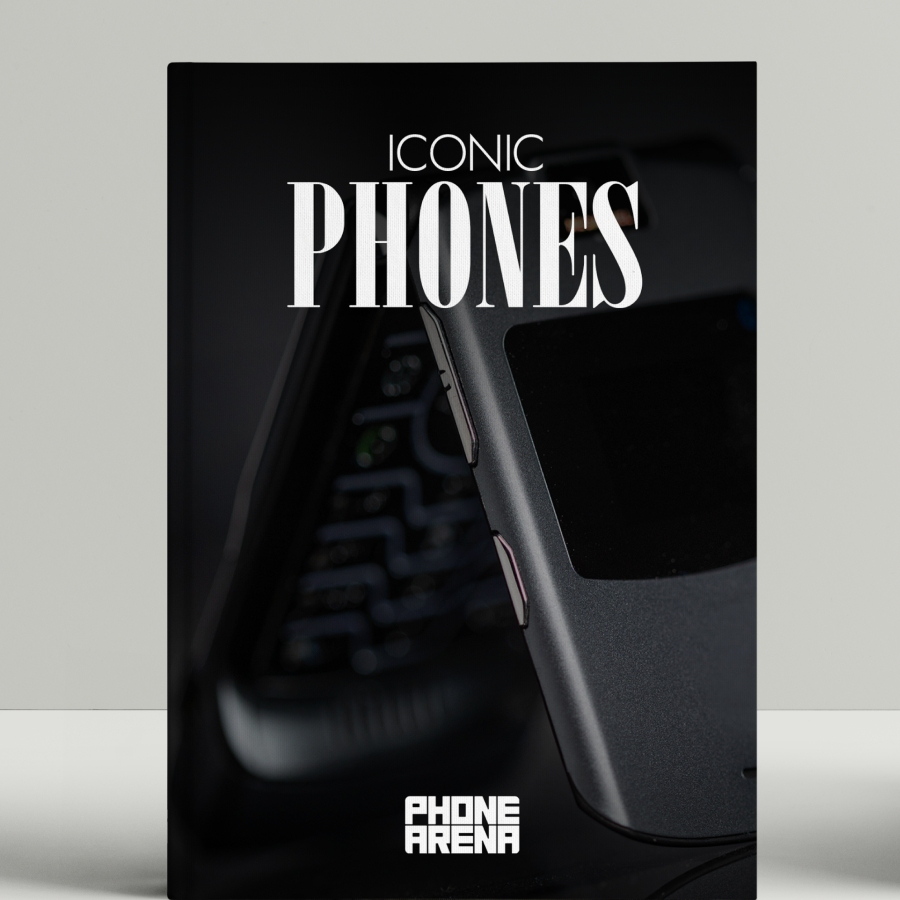

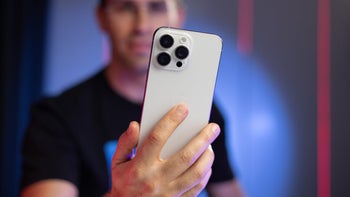






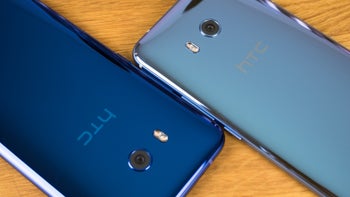
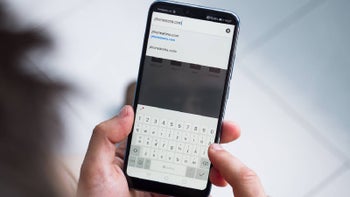
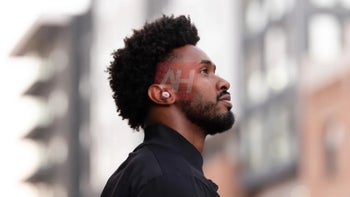
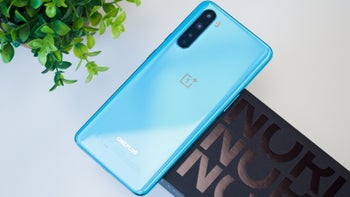

Things that are NOT allowed: